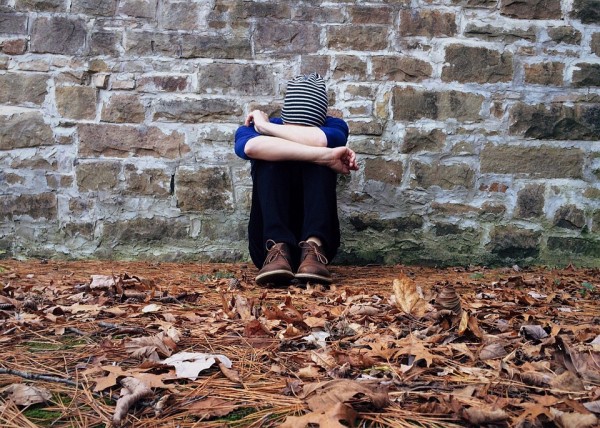
WASHINGTON -- Students identifying as black or Latino are more likely to say they would socially distance themselves from peers with a mental illness, a key indicator of mental illness stigma, according to research published by the American Psychological Association. The findings reinforce how stigma may prevent teens who face prejudice and discrimination from seeking help for a mental health problem when they need it.
"Even as the need for mental health care among youth is rising, stigma can significantly impede access," said Melissa DuPont-Reyes, Ph.D., MPH, of the Latino Research Institute at the University of Texas at Austin and lead author on the study. "Our research shows that race, ethnicity and gender identities can affect how adolescents perceive mental illness in themselves and in others."
The study, published in the American Journal of Orthopsychiatry, examined how mental illness stigma varies across race, ethnicity, and gender in students ages 11 to 13, a developmental period when stigmatizing attitudes and behaviors can become cemented and last into adulthood.
DuPont-Reyes and her coauthors surveyed 667 sixth graders from an urban school system in Texas on their knowledge, positive attitudes, and behaviors about mental illness, representing critical measures of mental illness stigma. The students were also asked to react to two stories of hypothetical peers diagnosed with a mental illness: Julia, living with bipolar disorder, and David, with a social anxiety disorder. After each vignette, participants were asked whether they believed Julia or David was a bad person, whether his or her condition would improve with treatment, and whether they would socially interact with Julia or David such as sit at lunch or work on a class project together.
In general, girls and white boys appeared to have more knowledge of and positive attitudes and behaviors toward mental illness than boys and teens of color. However, assessing race, ethnicity, and gender identities together, the study revealed that black boys exhibited less knowledge of and positive attitudes toward people with mental illness, including bipolar disorder and social anxiety disorder, than white girls, and at times compared with black girls.
Similar patterns were observed for Latina girls and Latino boys, particularly regarding David vignette (social anxiety). Finally, black boys less often believed that David could improve with treatment compared to boys of other races and ethnicities.
While most young teens of color said they were less likely to socially interact with peers exhibiting mental illness, black and Latino boys also reported greater feelings of discomfort and intention to avoid people with mental illness than white girls.
Black girls demonstrated mental health knowledge and awareness similar to white girls, at least in this sample and at this age, according to DuPont-Reyes, but Latina girls were significantly more likely to avoid the David character compared with girls of other races and ethnicities.
"We found differences in mental illness knowledge and attitudes among boys and members of racial and ethnic minority groups, as anti-stigma efforts reach these populations less often," she said. "These differences in early life, prior to the onset of most common and major mental illness, can contribute to the disparities in mental health service utilization and recovery by people of color."
These findings suggest that boys of color, as well as Latina girls, may particularly benefit from targeted, tailored, anti-stigma interventions, according to DuPont-Reyes.
"The racial, ethnic and gender patterns we find in mental illness stigma mirror previous findings among adults, indicating that mental illness stigma crystalizes early in life and persists into adulthood," DuPont-Reyes said. "Understanding how members of racial and ethnic minority groups differ in their views of mental illness and how gender affects these perceptions can help us better grasp how stigma impedes the use of mental health services in underserved populations."



